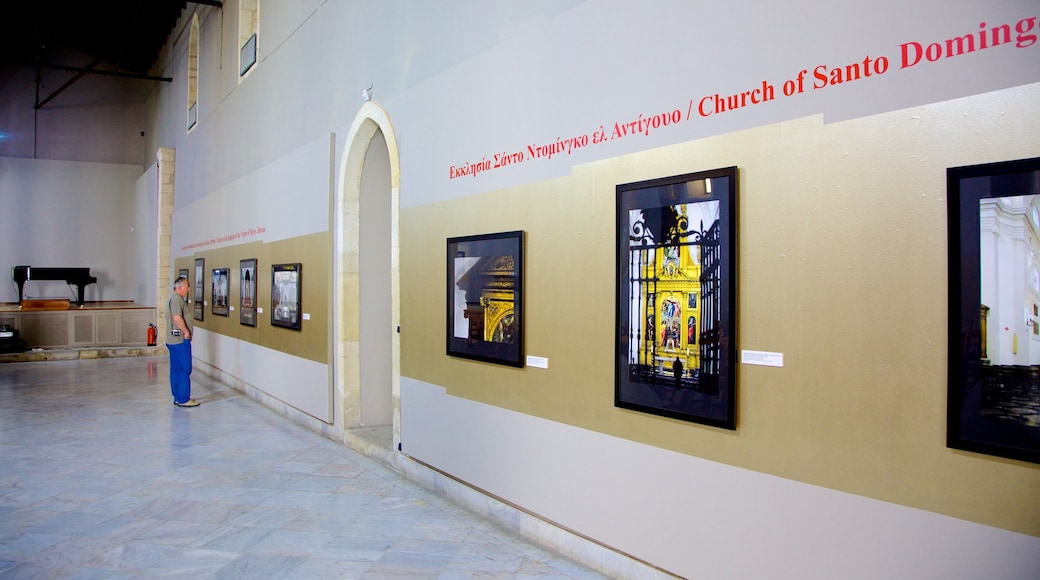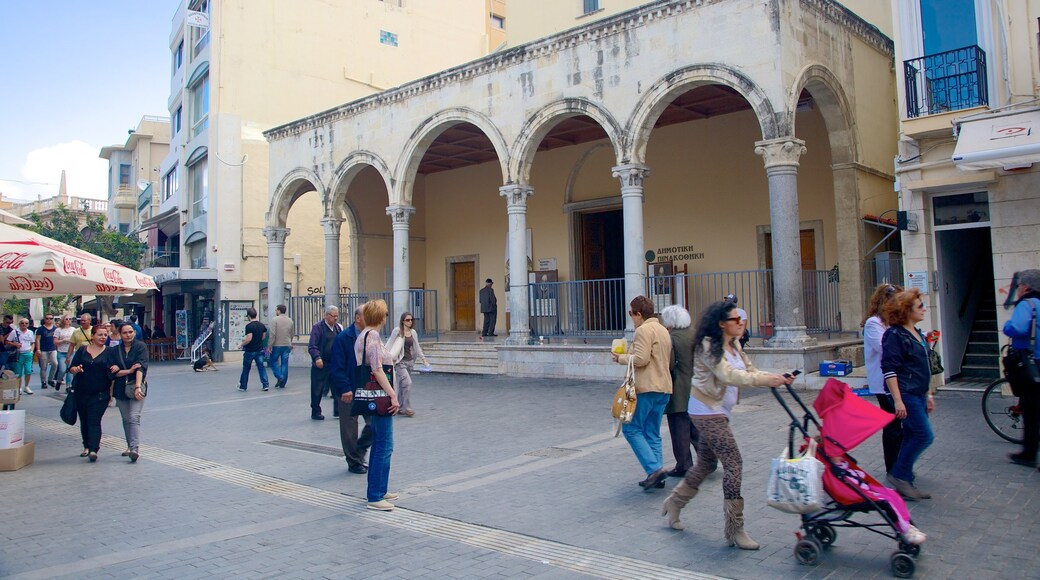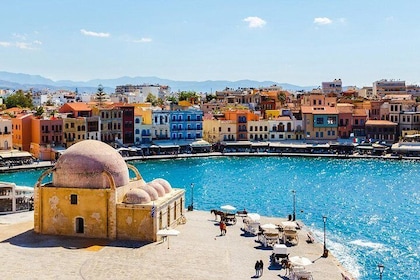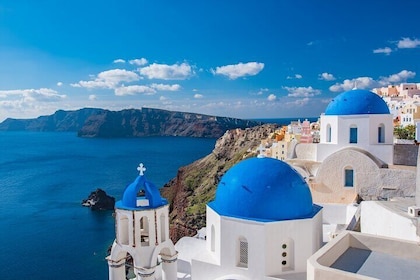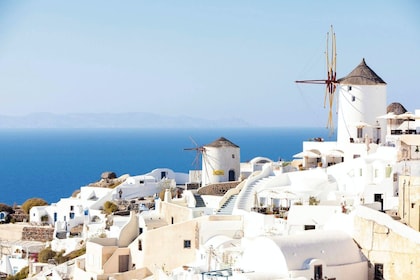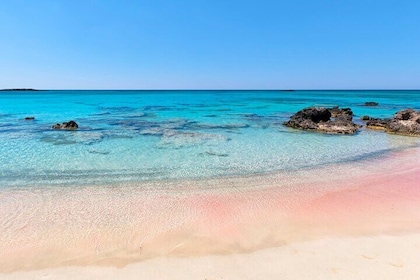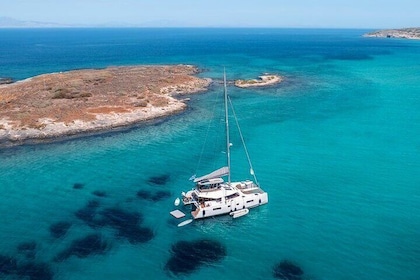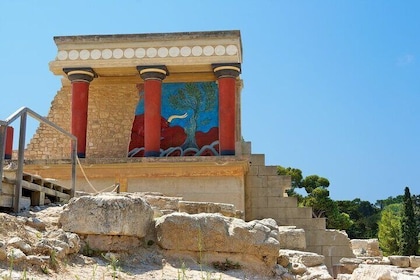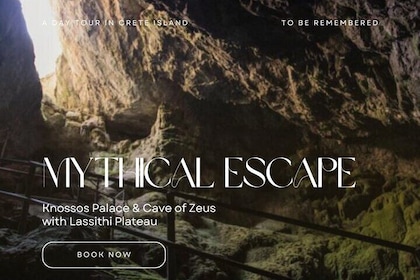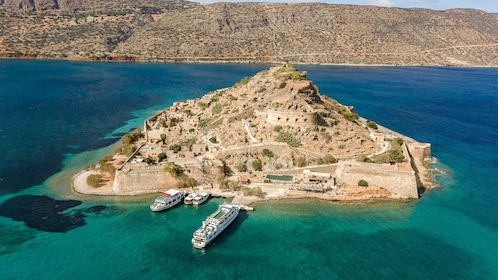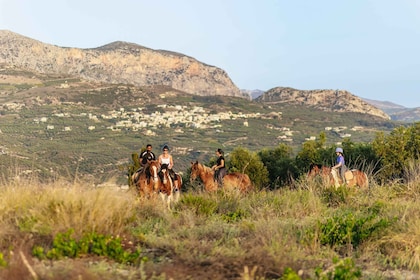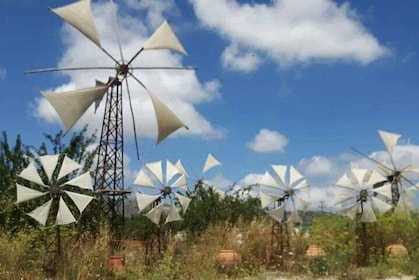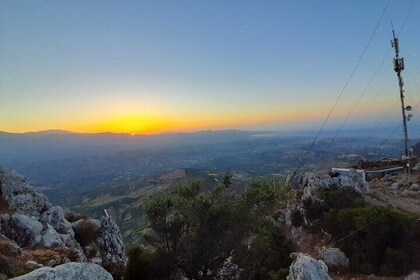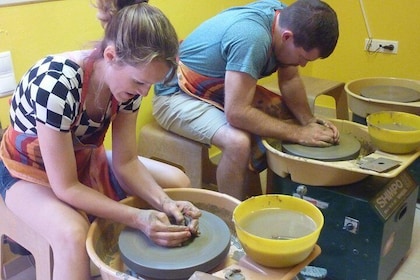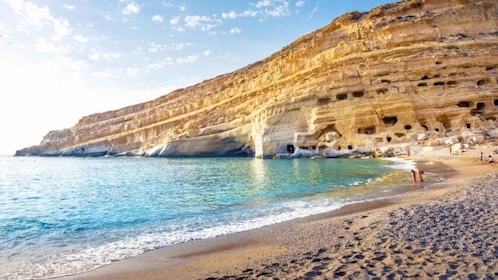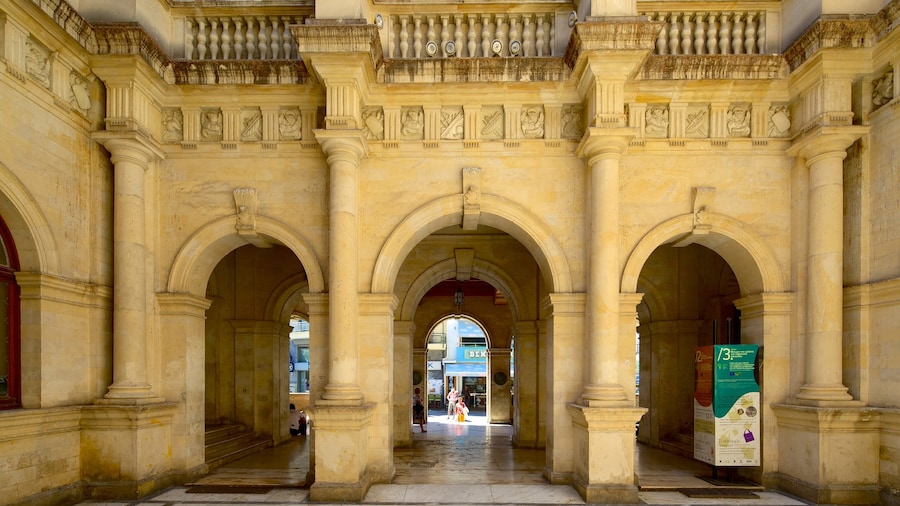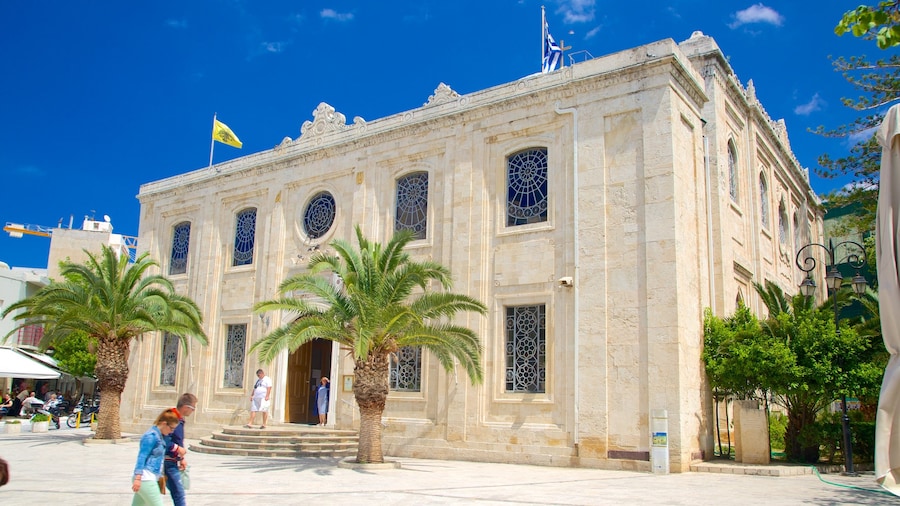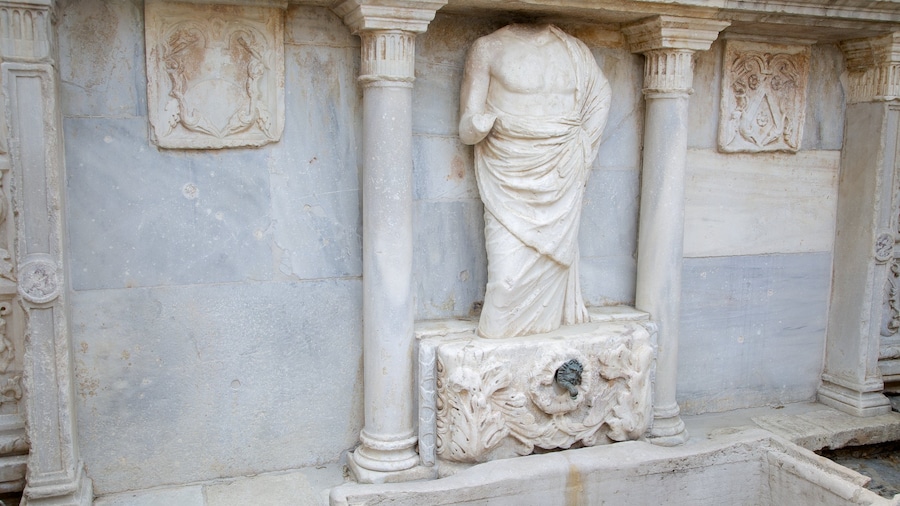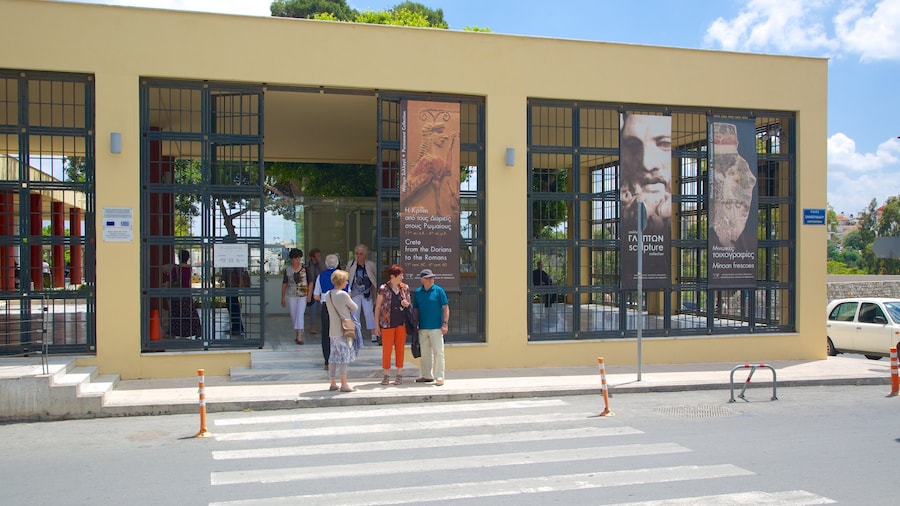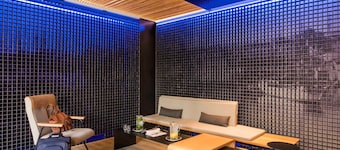Heraklion’s grand 13th-century cathedral has been a Venetian place of worship and a Turkish mosque. Now it houses the Municipal Art Gallery for the city.
St. Mark’s Basilica is one of the finest Venetian structures in all of Crete. Once the city’s cathedral and an opulent tribute to Venice, this lovingly restored building has been at the centre of Heraklion life for almost eight centuries.
The basilica has served as a town icon through the many different phases of Heraklion’s turbulent history. Built in 1239, it served for many years as the central cathedral for the city, surviving many earthquakes over the centuries. When Crete came under Turkish reign, St. Mark’s was briefly converted into a mosque and the basilica’s bell tower was replaced with a minaret. This minaret was, in turn, destroyed by resentful locals when the Turkish occupation came to an end.
At its peak, the basilica was the site for the Venetians’ official ceremonies and the final resting place for the ruling Duke of Crete. Heraklion’s homesick rulers named it after Venice’s patron saint as a sign of gratitude and love towards the imperial homeland. The old bell tower was even designed as a smaller replica of the iconic clock tower on St. Mark’s Square in Venice.
Stand on Eleftheriou Square and look up at St. Mark’s, admiring the distinctively Venetian touches on the well-restored structure. Venetian design at the time made great use of high arches and thin columns. Enter the basilica and you will find a variety of original features, including some impressive altar carvings and frescoes.
Explore the art on display at the Municipal Art Gallery inside, where you will find some interesting historical photographs of Crete alongside works by such prominent Greek artists as Thomas Fanorakis, Maria Fiorakis and Lefteris Kanakakis. The gallery is popular for its range of media that includes photography, painting and sculpture, as well as its temporary exhibitions.
St. Mark’s Basilica is situated on Eleftheriou Square, close by to a number of other important attractions including the Heraklion Loggia next door. The basilica is open Monday to Friday, and entry is free.
